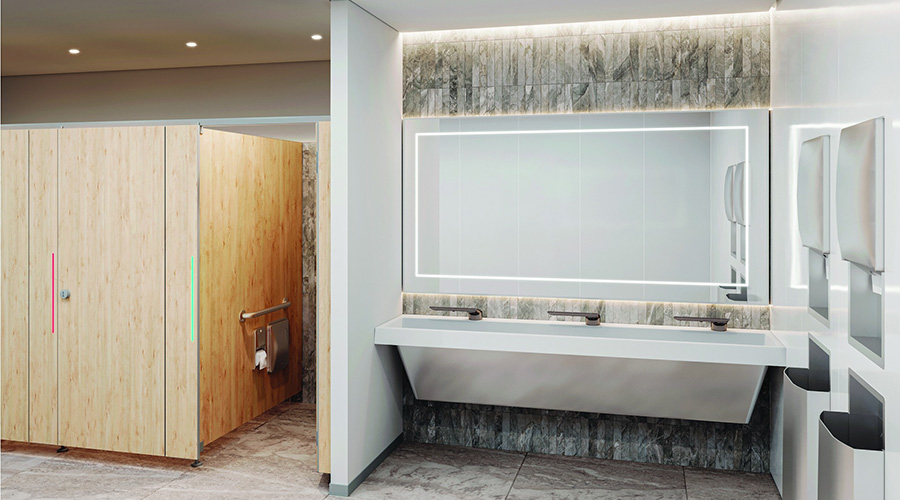High-Efficiency Toilets (HET) Contribute to LEED Certification
Going beyond the 1.6-gpf fixtures, manufacturers are producing a variety of toilets that use 1.28 gpf. Some 1.28-gpf fixtures might require one or two flushes to remove waste from a bowl — which does little to save water — so managers need to choose a manufacturer carefully. It is important for managers to test certain fixtures to see if they fit into their sustainability plans.
Organizations can obtain credits under LEED's three water-use reduction categories by specifying fixtures that use 1.28 gpf or less. Managers should coordinate with a LEED Accredited Professional to ensure the credit calculation is correct and that submittal requirements and documentation are complete.
The U.S. Environmental Protection Agency also sponsors the WaterSense program. Third-party organizations test WaterSense-labeled fixtures to ensure compliance with both the required effective-flush volume and solid-waste removal. WaterSense has not developed a specification for flushometer valve fixtures, but this is expected to change in 2010, when the specification will exist and the fixtures will be certified as compliant.
Related Topics:

















